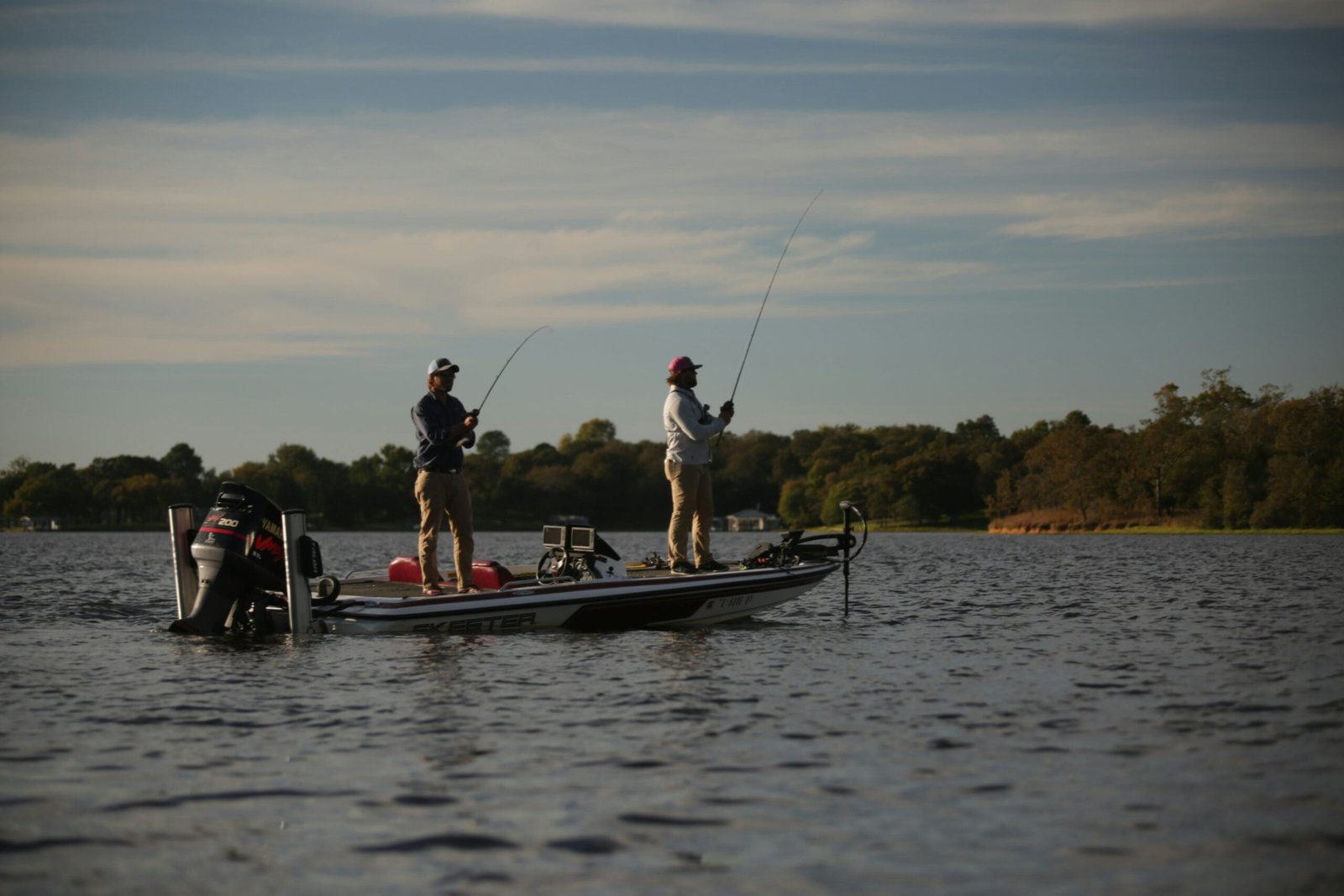
How to Catch Bass in Murky Water: Expert Tips and Techniques
Introduction:
Fishing in murky water can present a unique challenge for anglers. The reduced visibility makes it harder to locate and attract bass, requiring a different approach and set of techniques. In this article, we will explore effective strategies and tips for bass fishing in murky conditions, helping you improve your chances of success.
Understanding Murky Water
Murky water is characterized by reduced clarity and increased turbidity. It can be caused by various factors, including rain runoff, algae blooms, and sediment disturbance. When these elements are present, the water becomes clouded, making it difficult for bass to see and locate their prey.
Impact on Bass Behavior
The reduced visibility in murky water significantly affects bass behavior. Bass rely heavily on their vision to hunt, and when visibility is compromised, they adapt by relying more on their other senses, such as hearing and lateral line detection. They also tend to become more cautious and selective in their feeding habits.
Essential Gear for Murky Water Bass Fishing
Rods and Reels: When fishing in murky water, it is important to have sturdy rods and reels that provide better control. Opt for medium to heavy-action rods with a fast or extra-fast tip for improved sensitivity.
Line Selection: To handle the challenges posed by murky water, it is recommended to use braided or heavy-duty lines. These lines have better strength and visibility, allowing you to detect bites and control your lure more effectively.
Lures and Baits: In murky water, it is crucial to use lures and baits that can attract bass despite the reduced visibility. Brightly colored lures, such as chartreuse or fluorescent hues, are more visible in murky water. Vibrating jigs and lures with built-in rattles can also help bass locate your bait. Additionally, using scented baits can enhance their ability to detect and strike your offering.
Techniques for Success
Presentation Techniques:
1. Slow and Steady: In murky water, a slow retrieve is often more effective. Bass may have a harder time tracking fast-moving lures, so a slower presentation gives them a better chance to locate and strike your bait.
2. Aggressive Movements: While a slow retrieve is generally recommended, incorporating occasional aggressive movements can trigger a reaction bite from bass. Jigging or popping your lure can create vibrations and attract attention in murky water.
Casting Strategies:
1. Short, Accurate Casts: Precision in casting is crucial when fishing in murky water. Making short, accurate casts allows you to present your bait close to potential hiding spots without spooking the fish.
2. Targeting Structures: Bass in murky water often seek refuge near structures like submerged trees or rocks. Targeting these areas increases your chances of finding active fish. Cast your lure near these structures and work it slowly to entice a strike.
Using Sound and Vibration:
1. Rattling Lures: Lures with built-in rattles can be highly effective in murky water. The noise they produce helps bass locate your bait, compensating for the reduced visibility. Experiment with different types of rattling lures to find what works best in your fishing location.
2. Spinnerbaits and Buzzbaits: Spinnerbaits and buzzbaits create noise and surface disturbance, making them excellent choices for attracting bass in murky water. The commotion they create can trigger aggressive strikes from bass that are relying more on their lateral line and hearing.
Environmental Considerations
Weather Conditions: Different weather conditions can impact murky water fishing. Rain can further increase turbidity, while overcast conditions may make it harder for bass to locate your bait. Pay attention to the weather forecast and adjust your techniques accordingly.
Water Temperature: Water temperature plays a significant role in bass behavior. In murky water, bass may be more sluggish, especially in colder temperatures. Adjust your techniques and presentation speed based on the prevailing water temperature.
Time of Day: Certain times of the day may be more productive for bass fishing in murky conditions. Early morning and late evening are typically good times to target bass, as they may be more active during these periods.
Safety Tips
Visibility Concerns: When fishing in murky water, visibility is reduced, increasing the risk of accidents. Wear bright and reflective clothing to improve your visibility to other boaters and take extra precautions to avoid collisions.
Navigation: Navigating in murky water requires extra care and attention. Slow down your boat and proceed cautiously, especially in unfamiliar areas. Use GPS devices or navigational aids to help you navigate safely.
Personal Safety: Always prioritize personal safety when fishing. Wear a life jacket at all times and ensure you have all necessary safety gear on board. Let someone know about your fishing plans and expected return time.
Conclusion
In conclusion, fishing for bass in murky water presents its own set of challenges. However, with the right techniques and gear, you can increase your chances of success. Remember to use sturdy rods and reels, select appropriate lines, and choose lures and baits that are visible and attractive to bass in low visibility conditions. Slow and steady presentations, along with short and accurate casts near structures, can help you entice strikes. Pay attention to environmental factors and prioritize safety at all times. Now that you have these expert tips, it’s time to put them into action on your next fishing trip!
We encourage you to share your own tips and experiences in the comments below. Happy fishing!
Additional Resources:
– Link to Article: Advanced Techniques for Bass Fishing in Murky Water
– Link to Article: The Best Gear for Murky Water Bass Fishing
Visual Aids:
– Infographic: Effective Lure Presentation in Murky Water
– Images: Photos of Recommended Gear and Techniques in Action
– Videos: Video Tutorials Demonstrating Key Techniques

